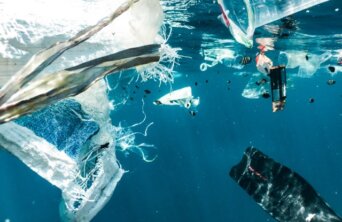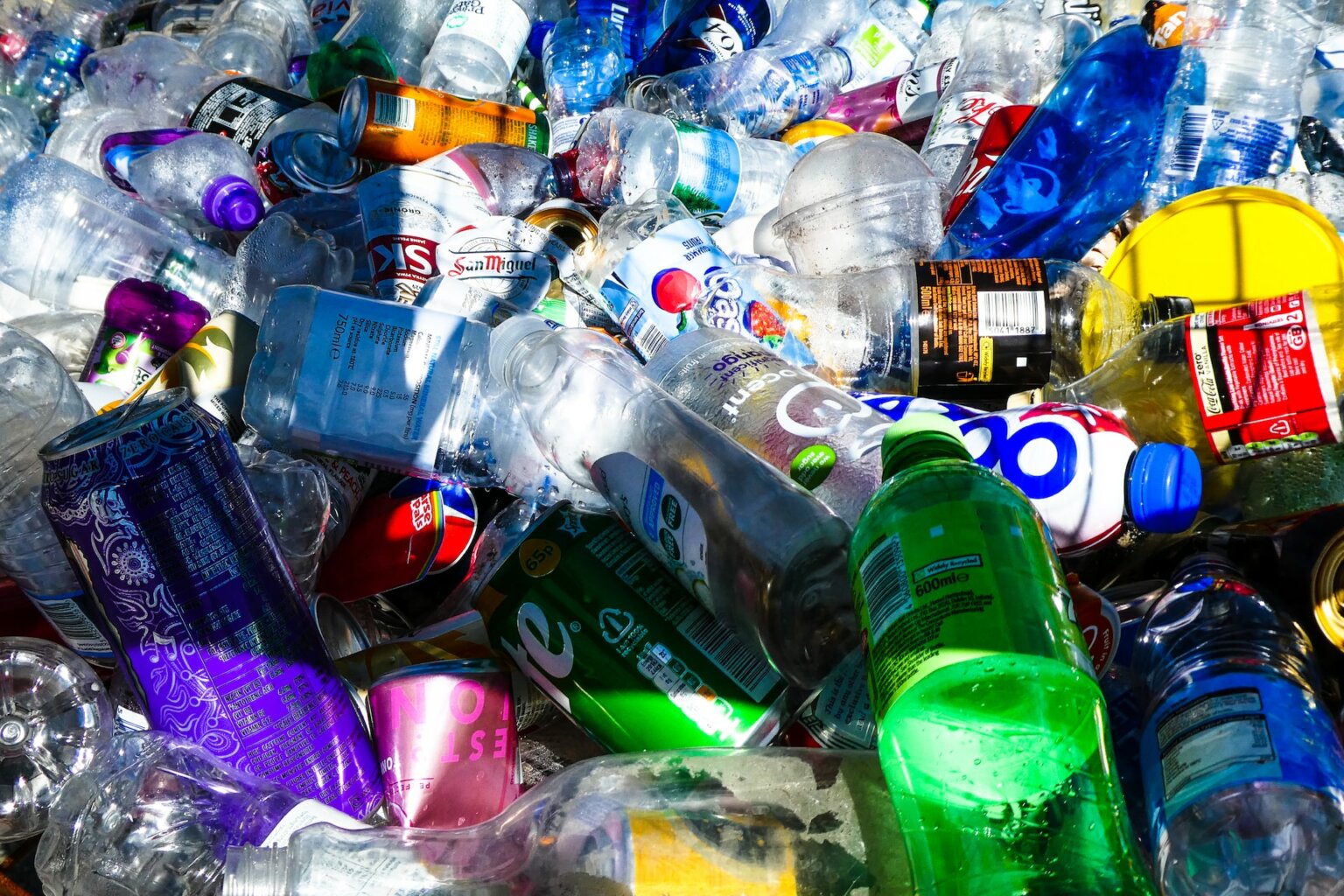- About
- Topics
- Picks
- Audio
- Story
- In-Depth
- Opinion
- News
- Donate
- Signup for our newsletterOur Editors' Best Picks.Send
Read, Debate: Engage.
| topic: | Pollution |
|---|---|
| located: | India |
| editor: | Bindu Gopal Rao |
The rise of microplastics in our food and products is a matter of inconsistent regulation and a cause for global concern.
The wake-up call came from a June 2022 report in which researchers detected microplastics in 75 per cent of human breast milk samples examined. Microplastics enter the human body through dermal contact, inhalation, and ingestion. Consumer products, personal care toiletries, cosmetics, and laundry detergents are prominent sources.
Microplastics are not biodegradable. They enter the animals and fish that people then consume. One report suggests there will be more plastic than fish in the oceans by 2050. Naturally, health concerns have prompted varied kinds of bans on microplastics.
In the United States, the Microbead-Free Waters Act, Federal Food, Drug, and Cosmetic Act and Californian Microplastics Strategy released in February 2022 have been vital in mitigating the microplastic epidemic. In August 2022, the European Commission proposed that consumer and professional products with intentionally added microplastics must have a concentration of less than or equal to 0.01%.
And regulation is gaining traction in India too. It banned single-use plastics in 2016, but implementing the ban was less effective than it could have been. India's plastic industry remains burgeoning.
With its climbing population, a study by IIT Mumbai found that "Indians are consuming about 117 micrograms (0.117 milligrams) of microplastic annually with a daily salt intake of 5 grams."
The National Green Tribunal in India acknowledged a report flagging that microplastics can enter blood cells and pollute drinking water sources. Coastal monitoring too will improve the problem, given that beaches hold the highest concentration of microplastics.
In India, experts have argued the need for a multi-pronged approach to manage the issue. First comes alerting the public of the dangers of microplastics via campaigns and education drives. Dedicated investment into waste management infrastructure is crucial too.
Thirdly, there is a need for better research on the impact of microplastics. Another solution that can help is to move to bioplastics, which are made from plant-based materials. However, the crux of any approach is ensuring quick and effective adoption of such solutions before it is too late.
Photo by Naja Bertolt Jensen.

